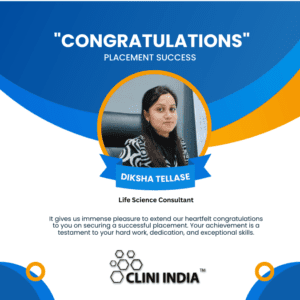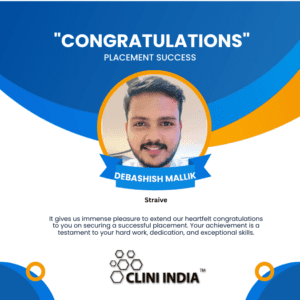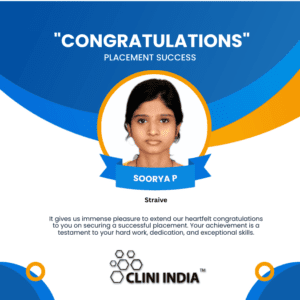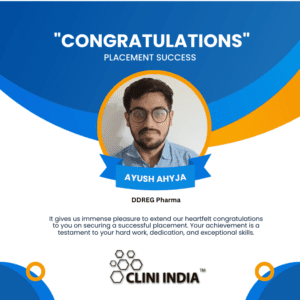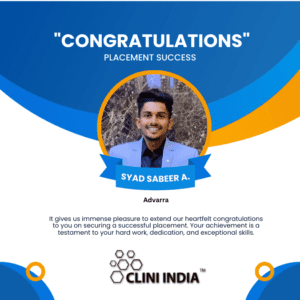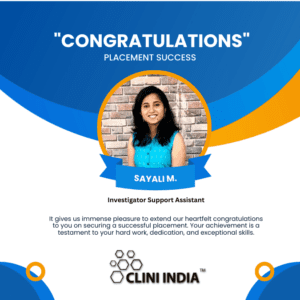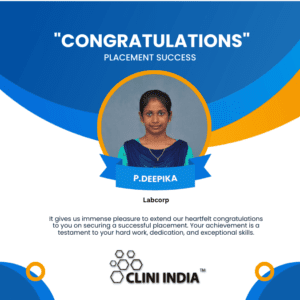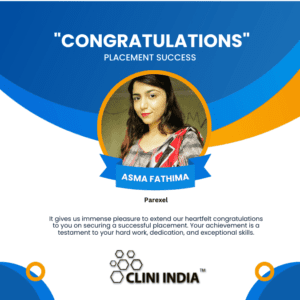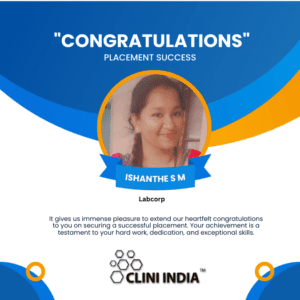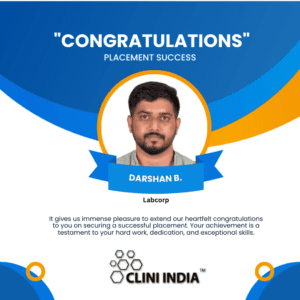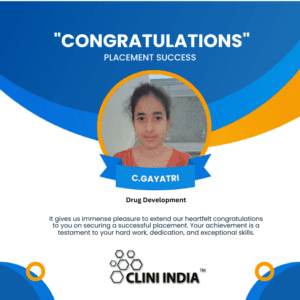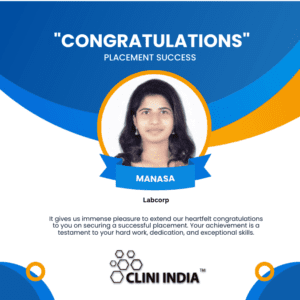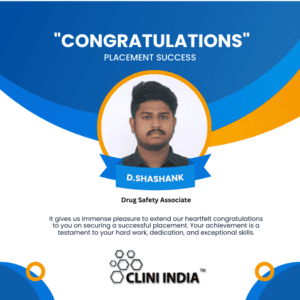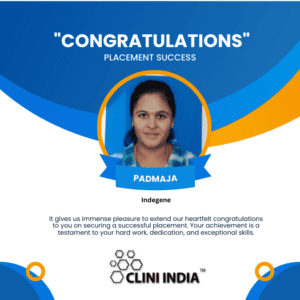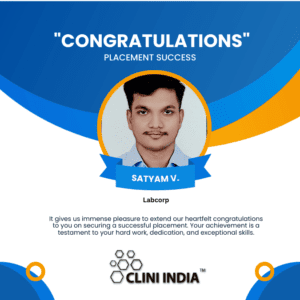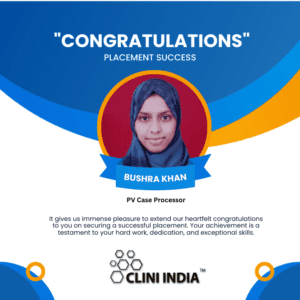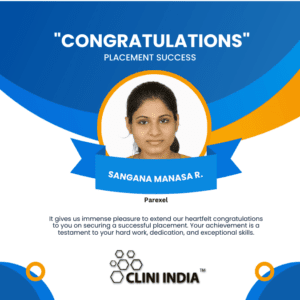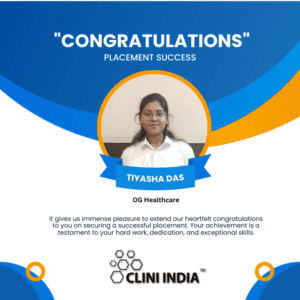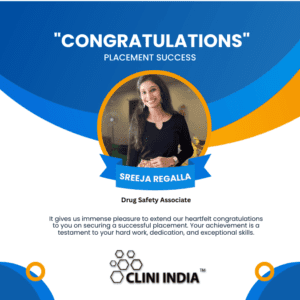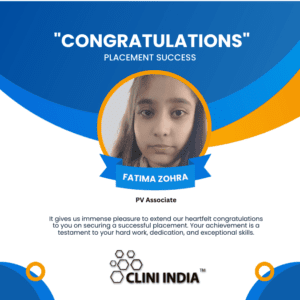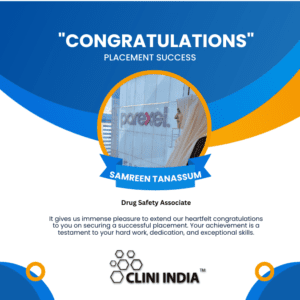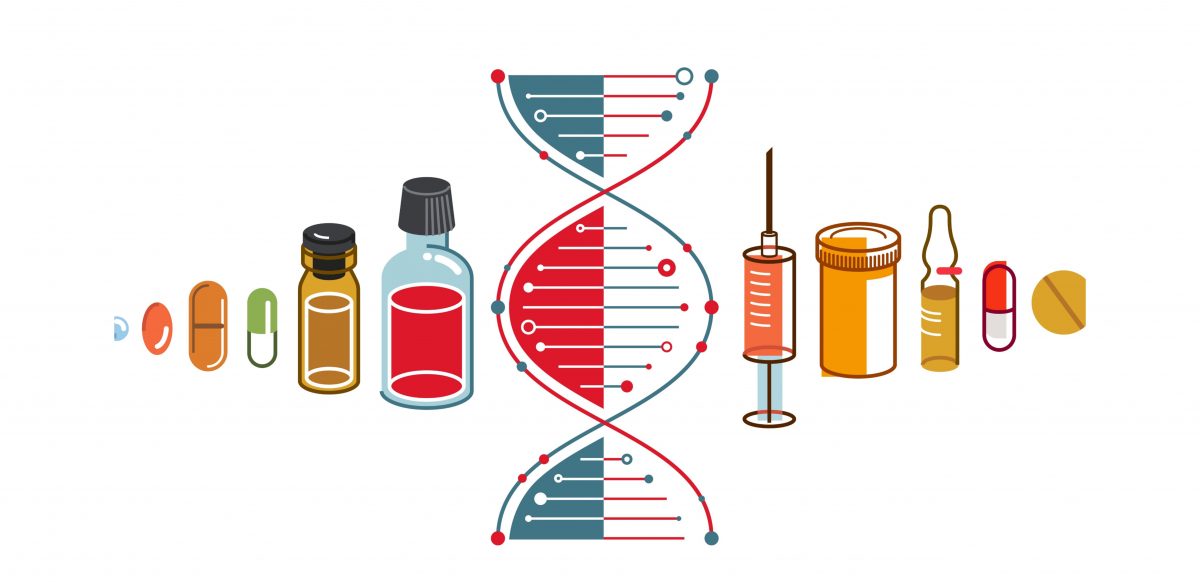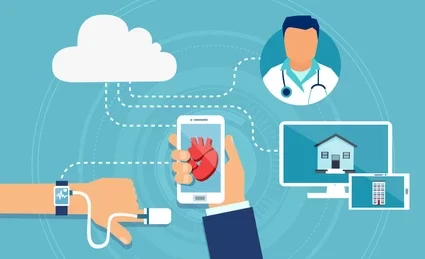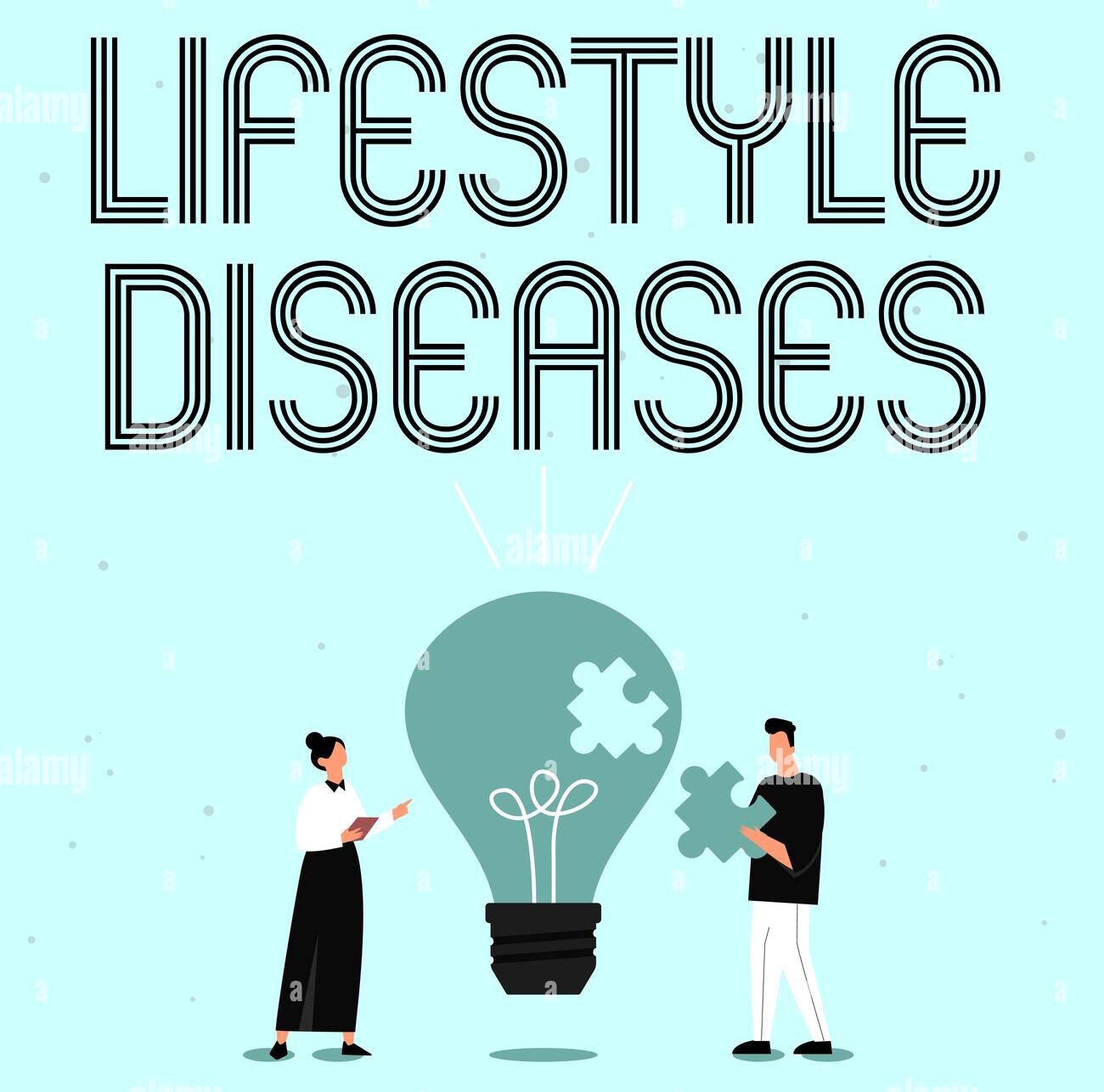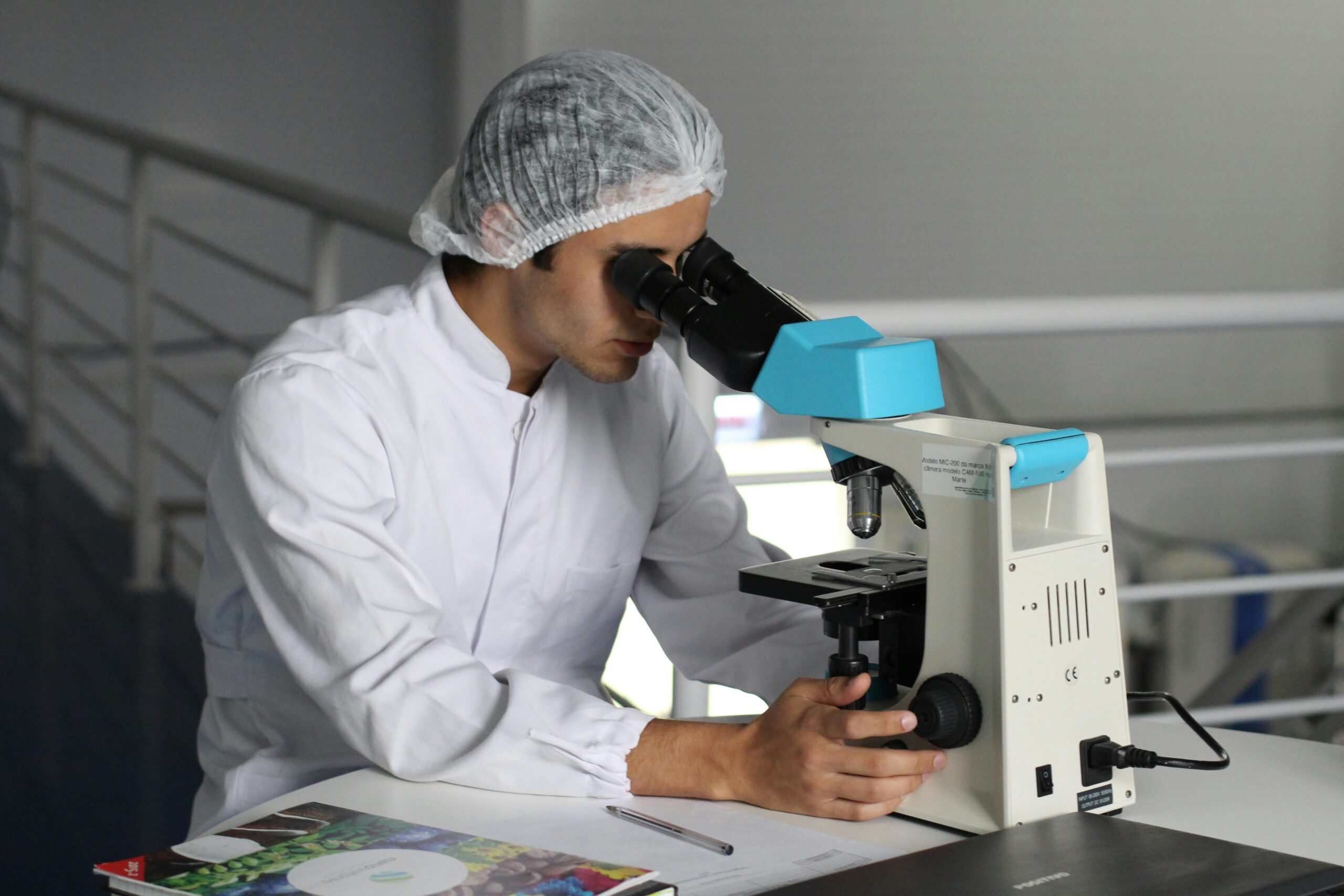
CRISPR and Genome Editing: Are We Ready for Clinical Application?
Over the past decade, CRISPR-Cas9 has transformed from a powerful laboratory tool to a potential clinical game-changer. From correcting genetic mutations to engineering immune cells to fight cancer, genome editing holds immense promise. But as science moves rapidly, the question arises: Are we truly ready for clinical application of CRISPR and other genome editing technologies?
Understanding CRISPR-Cas9: A Brief Overview
CRISPR (Clustered Regularly Interspaced Short Palindromic Repeats) is part of a natural defense system found in bacteria. When paired with the Cas9 enzyme, it becomes a highly precise tool for cutting DNA at specific locations. Scientists can then add, delete, or replace genetic material, offering the potential to correct disease-causing mutations at their root.
This technology is faster, cheaper, and more accurate than previous genome editing methods, making it the centerpiece of modern genetic research.
Clinical Successes: Proof of Concept
Several early clinical trials have demonstrated promising results:
-
Sickle Cell Disease & β-Thalassemia: Trials using CRISPR to reactivate fetal hemoglobin production have led to significant symptom relief in patients.
-
Cancer Immunotherapy: Engineered T cells using CRISPR to target tumors have shown early safety and efficacy in certain blood cancers.
-
Leber Congenital Amaurosis (LCA10): One of the first in vivo (inside the body) applications of CRISPR to correct a genetic form of blindness.
These examples mark critical milestones, but they also highlight the complexity of translating bench science into bedside treatments.
Challenges and Concerns
Despite the enthusiasm, several hurdles must be overcome before CRISPR becomes a routine clinical tool:
1. Safety and Off-Target Effects
CRISPR is not perfect. Unintended edits, or off-target effects, may lead to harmful mutations or cancer risk. Improved precision tools like base editors and prime editors offer hope, but require rigorous validation.
2. Delivery Mechanisms
Getting CRISPR components into the correct cells, especially in vivo, remains a technical challenge. Viral vectors, lipid nanoparticles, and electroporation are under study, but none are without limitations.
3. Ethical and Regulatory Oversight
The controversial case of gene-edited babies in China underscored the ethical pitfalls of human germline editing. The global scientific community agrees that clinical use must be tightly regulated, especially when edits are heritable.
4. Access and Equity
The high cost of CRISPR-based therapies may limit access, raising concerns about health equity. Developing affordable and scalable models is crucial for widespread adoption.
The Road Ahead: Bridging Hope and Hype
While the clinical promise of genome editing is undeniable, we must tread carefully. Ongoing international efforts like the WHO Expert Advisory Committee on Human Genome Editing and the International Summit on Human Genome Editing are guiding responsible research and application.
Further, long-term follow-up from current trials, robust preclinical data, and public engagement will be key to building trust in these transformative therapies.
CRISPR and genome editing technologies are edging closer to clinical reality. However, cautious optimism must guide our approach. With continued investment in research, ethical governance, and equitable healthcare models, genome editing can indeed revolutionize modern medicine. But as of now, we are at the threshold—not quite across it.

